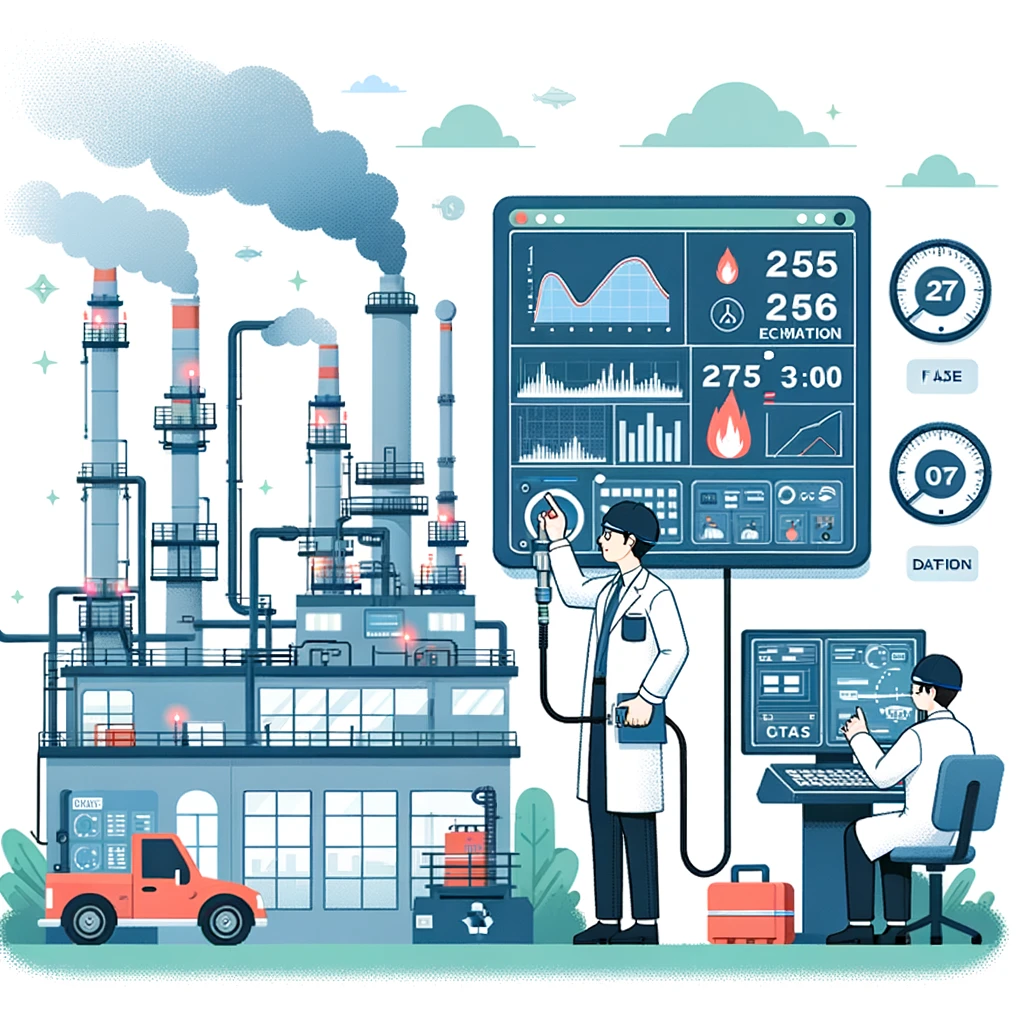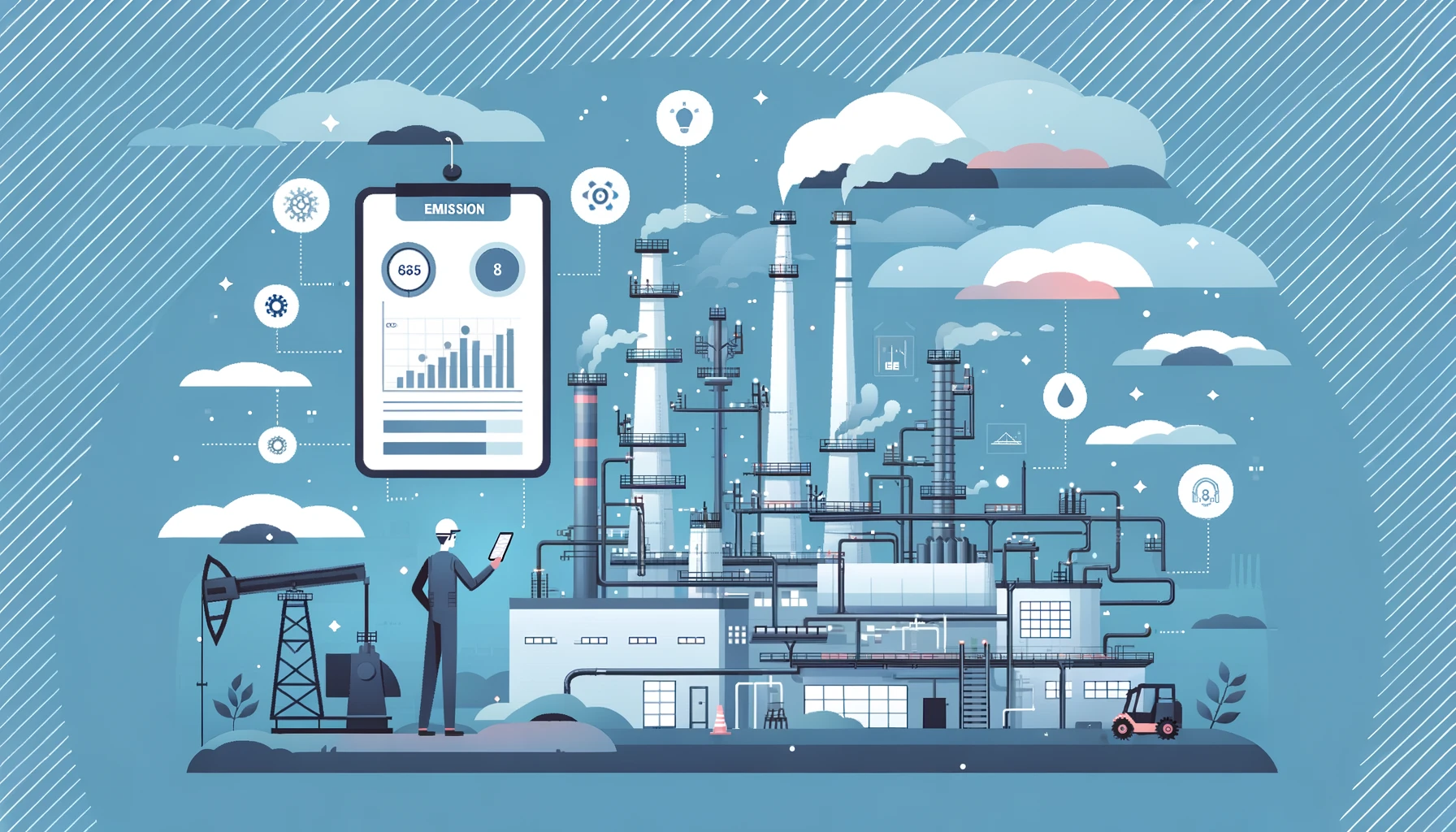The intricacies of Fuel, Flare, and Vent Reporting play a pivotal role in the energy sector, particularly given the stringent regulatory standards in place. These reports, primarily focused on quantifying and documenting emissions from various operations, are crucial for compliance and maintaining the sector’s environmental integrity.
Fuel, flare, and vent activities are common in the energy industry. They refer to the release of gases during operational processes, whether intentional or unintentional. Properly documenting these releases is not just about adhering to regulations; it’s about understanding operational efficiencies and the environmental impact. Advanced technologies, such as Fugitive Emissions Management Software, have streamlined this reporting process, ensuring accuracy and compliance.

Moreover, the data derived from these reports provides valuable insights for energy companies. They can pinpoint areas of inefficiency, strategize on emission reduction, and even forecast future emission trends based on historical data. On a broader scale, understanding the environmental implications of the Methane Fugitive Emissions is paramount in today’s eco-conscious world.
Technological Impacts on Fuel, Flare, and Vent Reporting
With the advent of technology, the landscape of Fuel, Flare, and Vent Reporting has evolved dramatically. Digitalization and automation have brought about a paradigm shift in how these reports are generated and analyzed.
Gone are the days when manual data entry and cumbersome paper trails dominated the scene. Today, sophisticated software solutions, like Environmental Software, offer real-time data capture, automated calculations, and intuitive dashboards that present data in a user-friendly manner. This not only simplifies the reporting process but also reduces the margin for human error.
Furthermore, the integration of AI and ML algorithms allows for predictive analysis. Companies can now anticipate potential emission spikes and take preventive measures. This proactive approach, combined with real-time data monitoring, ensures that operations remain within the permissible emission limits.
Such advancements underscore the industry’s commitment to environmental sustainability. Embracing these technological tools not only aids in regulatory compliance but also positions energy companies as responsible and forward-thinking entities. For companies looking to expand their operations, tools like Wellsite heating offer innovative solutions to enhance operational efficiency.
Future Prospects and Technological Advancements in Fuel, Flare, and Vent Reporting
The world of Fuel, Flare, and Vent Reporting is poised for further advancements, primarily driven by technological innovations and the global push towards sustainability. As we look ahead, the role of data-driven insights in shaping the future of the energy sector cannot be understated.
Incorporating Artificial Intelligence (AI) and Machine Learning (ML) into reporting systems is one such advancement on the horizon. These technologies can predict and analyze patterns, offering preemptive solutions to potential issues. For instance, predictive analytics might forecast a surge in flaring activities due to certain operational conditions, enabling companies to take proactive measures.

The Internet of Things (IoT) is another game-changer. With sensors and smart devices becoming more prevalent, real-time data collection and reporting are becoming a reality. Leveraging tools like Measurement and Reporting Software can further refine the reporting process, ensuring accuracy and efficiency.
This immediacy ensures that any discrepancies or inefficiencies are flagged instantly, allowing for timely interventions. Blockchain technology also holds promise in this domain. By creating a tamper-proof ledger of all reporting activities, it can further enhance the transparency and trustworthiness of the data. This can be especially crucial for companies operating in regions with stringent regulatory norms.
Furthermore, as global awareness about climate change and environmental conservation grows, the emphasis on accurate and transparent reporting will intensify. Companies that prioritize and invest in advanced Fuel, Flare, and Vent Reporting mechanisms will not only ensure regulatory compliance but also position themselves as industry leaders committed to sustainable practices. For those keen on understanding the global implications of these reporting mechanisms, this detailed report on Canada’s approach to sustainable energy practices provides a comprehensive perspective.

